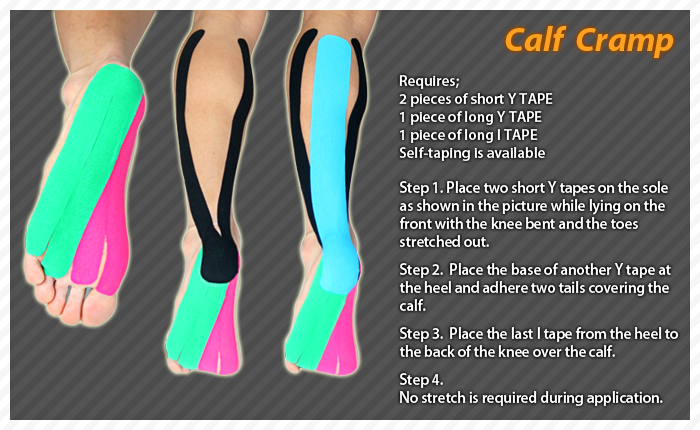|
|
A cramp is an involuntary and forcibly contracted muscle that does not relax. Cramps can affect any muscle under your voluntary control (skeletal muscle). Muscles that span two joints are most prone to cramping. Cramps can involve part or all of a muscle, or several muscles in a group. The most commonly affected muscle groups are:
Cramps in the feet, hands, arms, abdomen, and along the rib cage are also very common. Although the exact cause of muscle cramps is unknown (idiopathic), some researchers believe inadequate stretching and muscle fatigue leads to abnormalities in mechanisms that control muscle contraction. Other factors may also be involved, including poor conditioning, exercising or working in intense heat, dehydration and depletion of salt and minerals (electrolytes). Treatment Cramps usually go away on their own without seeing a doctor.
Prevention To avoid future cramps, work toward better overall fitness. Do regular flexibility exercises before and after you work out to stretch muscle groups most prone to cramping. Main Functions of Ares Kinesiology Tape
|
|
APPLICATIONS |
APPLICATIONS |
APPLICATIONS |
APPLICATIONS |
APPLICATIONS |
APPLICATIONS |
APPLICATIONS(Clinical) |
|
Front Neck Pain |
Medial Elbow Pain 1 |
Lower Back 1 |
Hip 1 |
Knee Pain 1 |
Medial Ankle Sprain |
Bruise |
|




